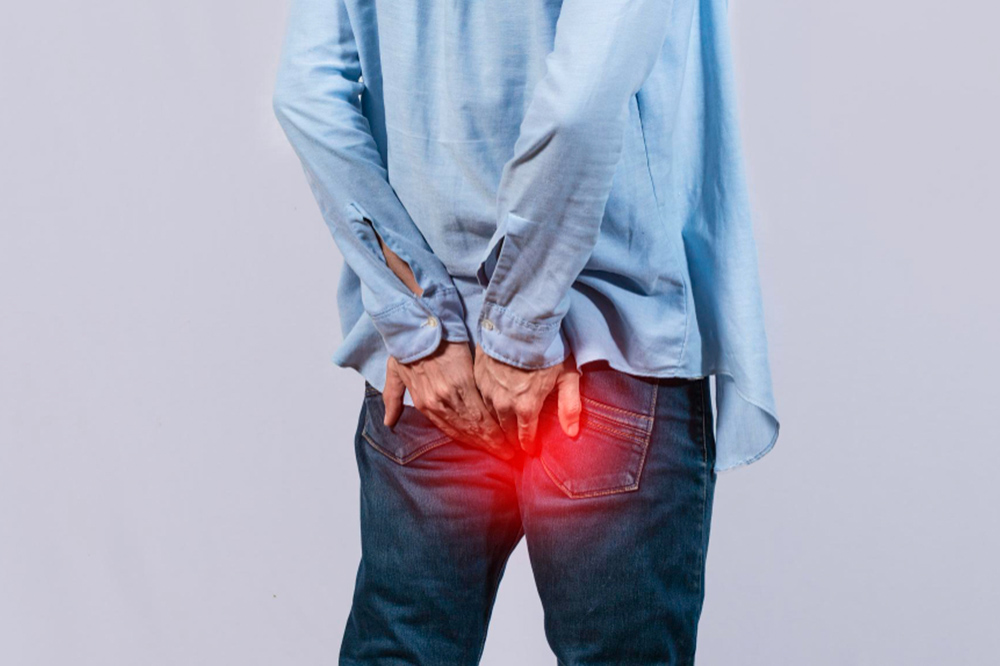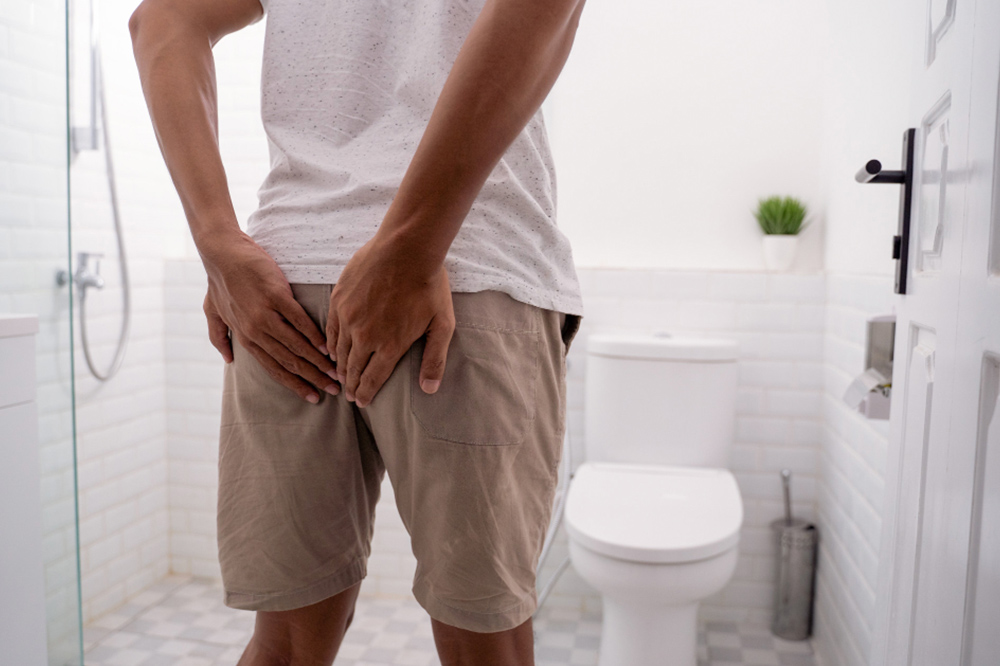Agnikarma
A therapy to treat the chronic long-lasting pain
Agnikarma is a specialized therapeutic technique used in Ayurveda to treat various conditions. It involves the controlled application of heat or thermal energy to specific points or areas of the body to achieve therapeutic benefits. Agni refers to fire, and karma means action, so Agnikarma essentially refers to the use of thermal or heat-based interventions.
Here are some key points about Agnikarma in Ayurveda:
- Procedure: During Agnikarma, a specially designed heated instrument or substance is applied to the affected area or specific points on the body. The heat can be generated using various methods, such as heated metal rods, cauterization, moxibustion (burning of medicinal herbs), or the application of heated oils or pastes. The heat is carefully controlled and applied to the targeted area for a specific duration.
- Therapeutic Effects: Agnikarma is believed to have multiple therapeutic effects. The controlled application of heat can help stimulate blood circulation, reduce inflammation, alleviate pain, promote tissue healing, and restore the balance of doshas (energetic principles) in the body. It is commonly used to manage musculoskeletal conditions, certain types of pain, neuromuscular disease like fibromyalgia and other localized ailments.
- Conditions Treated: Agnikarma can be used to treat a range of conditions, including joint pain, sciatica, osteo arthritis pain, frozen shoulder, muscle spasms, ligament or tendon injuries, heel pain (planter fasciitis), neuromuscular pain like fibromyalgia, skin diseases like vitiligo or psoriasis, non-healing wounds, corns, and certain types of tumors or growths. It is typically employed as a part of a comprehensive treatment plan that may include other Ayurvedic therapies, lifestyle modifications, and herbal remedies.
- Individualized Approach: The application of Agnikarma is personalized according to the individual’s specific condition, dosha imbalance, and the assessment of the Ayurvedic practitioner. The choice of the heating method, the duration of application, and the intensity of heat are determined based on the patient’s needs and the desired therapeutic outcome.
- Qualified Practitioner: Agnikarma is a specialized technique that requires proper training and expertise. It should only be performed by qualified Ayurvedic practitioners or an Ayurveda surgeon who have received specific training in Agnikarma techniques. It’s important to consult with a knowledgeable practitioner who can evaluate your condition, determine the suitability of Agnikarma for you, and administer the therapy safely and effectively.
If you are interested to go for Agnikarma, it is recommended to seek out an experienced Ayurved surgeon who can guide you through the process safely and effectively. We, Sahaj ayurveda, Adalaj have trained staff and a qualified and experienced Ayurved surgeon who can perform Agnikarma in a better way. Carry all the reports along with you at the hospital, if you have done previously to get better diagnosis and treatment follow-ups.
Get in Touch
Sahaj Ayurveda & Panchkarma Centre
405-409, Satyam 1, Amba Business Park, Behind Trimandir, Adalaj, Dist. Gandhinagar, Pin- 382421, Gujarat state, India
- Walk in – Monday to Friday (Evening hours): 6.30 pm to 8.00 pm (First come, first serve policy)
- By Appointment Only (Special Appointment with time confirmation on phone)- Saturday & Sunday
Appointment
Fill out this form to book appoinment
Treatments, we offer
Empowering Your Health Naturally
Piles are swollen and inflamed veins in the rectum or anus, and their management can involve both non-surgical and surgical approaches.
Bhagandara, also known as fistula in ano, is a condition mentioned in Ayurveda that affects the anal region. It is characterized by the formation of an abnormal tunnel or tract that connects the anal canal or rectum to the external skin around the anus. This condition is often associated with chronic anal abscesses.
Parikartika is a term used in Ayurveda to describe a specific condition known as fissure in ano or anal fissure. It refers to a small tear or ulceration in the lining of the anal canal, typically located in the posterior or midline region.
Testimonial
What they say about us
Patients praise our exceptional results and holistic approach to healthcare

Arpan Raval
Akanksha Gupta

Binal Lad

Akash Patel
Usha Tabhani

Kaushik Zinzala

Grit Burmeister




